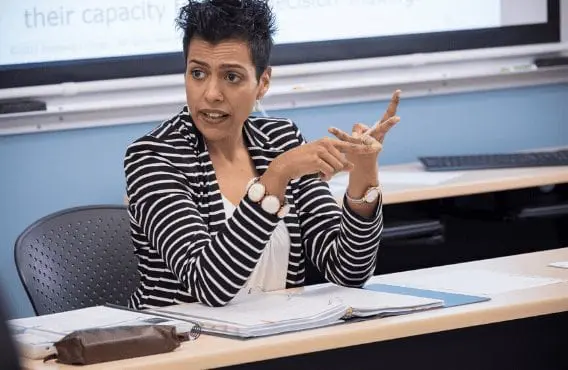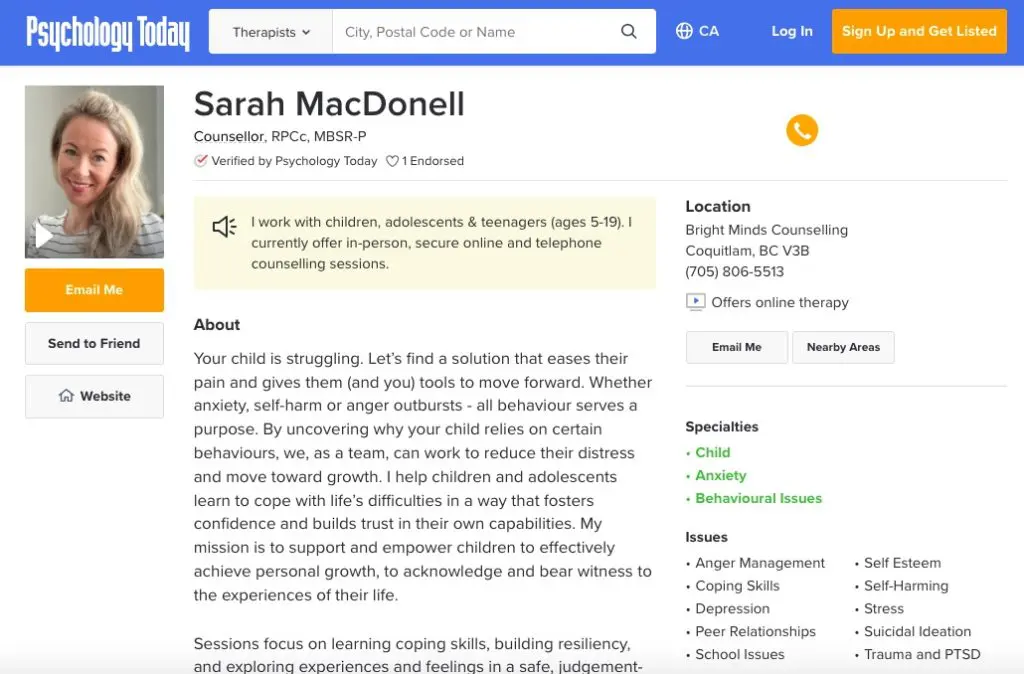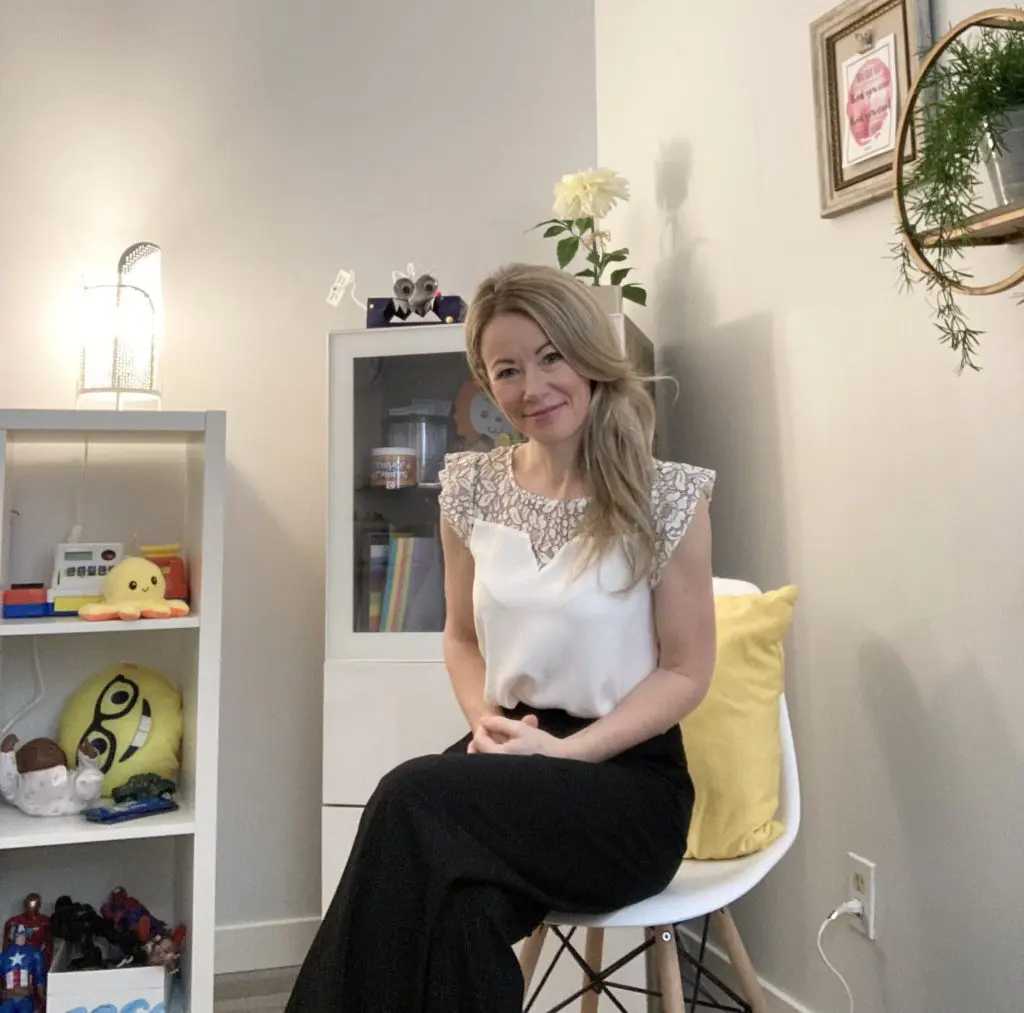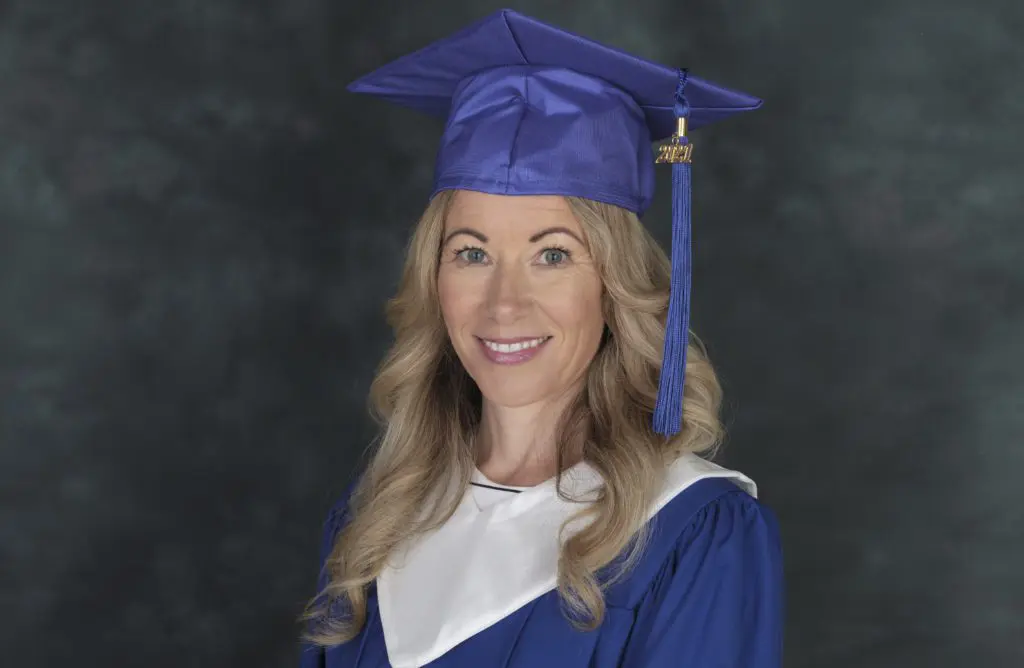
“People are always doing the best they can with what they have.” Dr. Saira says. In today’s Counselling Therapist class, they’re examining the relationship between trauma and neuroscience. Dr. Saira is excited—she’s presenting recent neuroscientific research that better explains the psychological responses of ‘Fight or Flight’ or Freeze in the face of trauma.
The polyvagal theory
The polyvagal theory, she explains, is giving neuroscientific backing to what psychotherapists like herself have thought to be true for decades. Dr. Saira states, “Now you can let your clients know that the way they react to a traumatic situation is not under their control. The polyvagal theory scientifically proves that your brain is reacting the way it’s been wired from previous traumatic experiences.”
According to the polyvagal theory, there is a clear hierarchy of the brain’s adaptive responses to situations the brain perceives as unsafe.
- Social Engagement (normal interaction)
- Mobilization (Fight or Flight response)
- Immobilization (Freeze response)
When clients face an emotionally traumatic situation during therapy, they move into the mobilization level. They either become very aggressive (Fight) or go into denial (Flight). If the trauma is too severe, clients will move further down into immobilization (Freeze). Where they are unable to move or react in any way.
“This hierarchy of adaptive responses is a primal way of reacting to danger and has been hard-coded into our brains since man was a hunter-gatherer,” she points out.
Training counselling students
Dr. Saira trains her Counselling students to look for physical characteristics to help them identify which level of the ladder clients are on and to guide them back to social engagement. “If the client is in a state of immobilization, what should you do?” she asks. “Get them to wiggle their toes and move their fingers,” the students respond.
“And what should you do if the client is in Fight mode?” she asks. “Get them to sit down, close their eyes, calm down,” the class responds.
Once the students become familiar with the physical signs of adaptive responses, they examine the corresponding neurological processes occurring in the brain. An emotionally charged experience or a repeated traumatic experience leaves a lasting effect on the amygdala, which is the body’s alarm system. The pre-frontal cortex of the brain assesses the situation more calmly, rationally and logically.
“If you retrain your clients to use their pre-frontal cortex instead of the amygdala to respond to stressful situations, you’ve done your job as the counsellor,” Dr. Saira advises.
By the end of the class, her students are equipped with a holistic understanding of the upward and downward movement of emotions corresponding to both brain activity and physical movement.
Dr. Saira’s teaching style
The teaching methods Dr. Saira employs make learning effortless and cohesive. She slides seamlessly between student questions; examples from her counselling practice; video interviews with current researchers; and the Power Point slides she’s prepared to provide the class with a comprehensive overview of the day’s topic. At the end of the class, she calls on her students to recall all the key terms they learned during the day. Writes them in large print on canvas sized sheets and pins it up on the wall.
“Use the techniques you’ve learnt today consciously until they become an integral part of your personality,” she suggests. “As the counsellor, you are the safe container that honours the emotion of your client.”
I came away from one more day in the life of a counselling student. Reflecting on the privilege of working as a Counselling Therapist.











